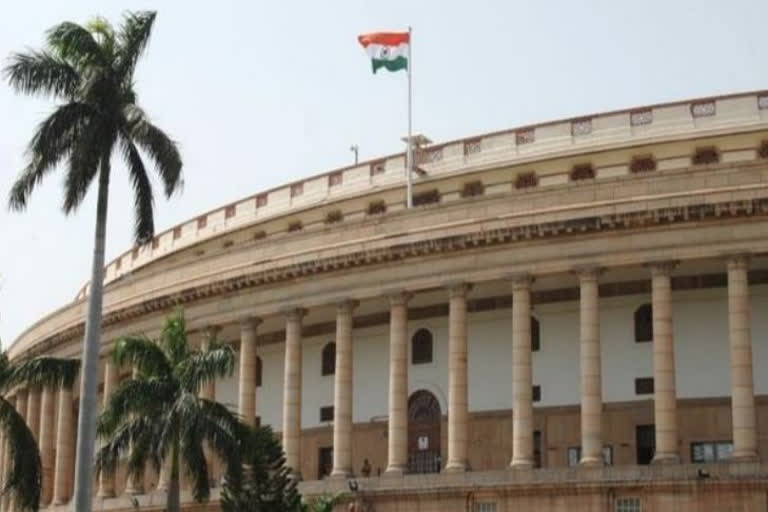New Delhi: Asserting that eight tea-growing northeastern States contribute the major share of 54 per cent to the total production of tea in the country, a Parliamentary Committee has recommended to the Central government for making sustained efforts to capitalise on its potential for marketing the products at the international level.
Significantly, among all the northeastern States, Assam produces the majority of tea. In 2021-21, Assam produced 672.14 million kilograms of tea and registered 8.30 million kilograms of tea exports during the same period. In its 241 actions taken report of the Ministry of Development of Northeastern Region, the Parliamentary Committee on Home Affairs has said that there are about 1.18 lakh small tea growers, who contribute 24 per cent of the production of tea in the Northeastern States. "These States are eminently suited for the production of very good quality CTC or Crush-Tear-Curl production and Orthodox tea and also speciality tea like green tea. Assam tea is well known for its quality, especially for taste and colour," the Parliamentary Committee said in its report which was submitted to the Rajya Sabha on Tuesday.
Also read: Opposition members ask govt to take holistic approach to tackle effects of global warming
In 2016, the government has declared Sikkim as fully organic and tea produced at the Temi Tea Estate was certified as 100 per cent organic tea in 2018. Significantly, Tripura, which has been recognised as the fifth largest tea-producing state in the country, has about 60 tea estates, 21 tea processing factories and 3,000 small tea growers producing about 7.5 million kg of tea annually.
Notably, Tea Development and Promotion Scheme (TDPS) has been approved for implementation with a financial outlay of Rs 967.78 crore for five years from 2021-22 till 2025-26. Out of the total approved amount, Rs 93.06 crore has specifically been allotted for implementing a "sector-specific action plan" for the northeast, for utilising the potential of the region, by boosting tea production and exports with emphasis on organic tea. The committee feels that such long-term strategies planned for the development of tea production and export would definitely give a fillip to this sector and expand the avenues for the Indian tea market.



